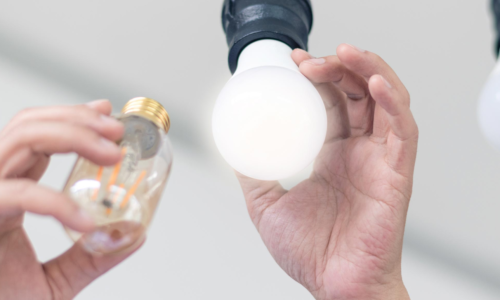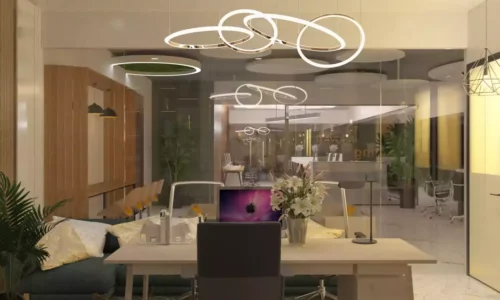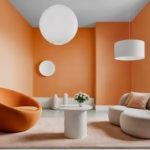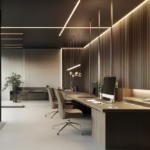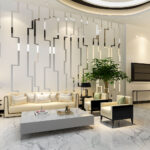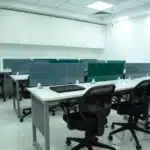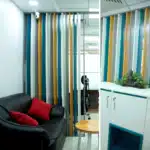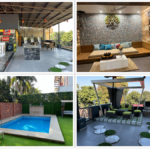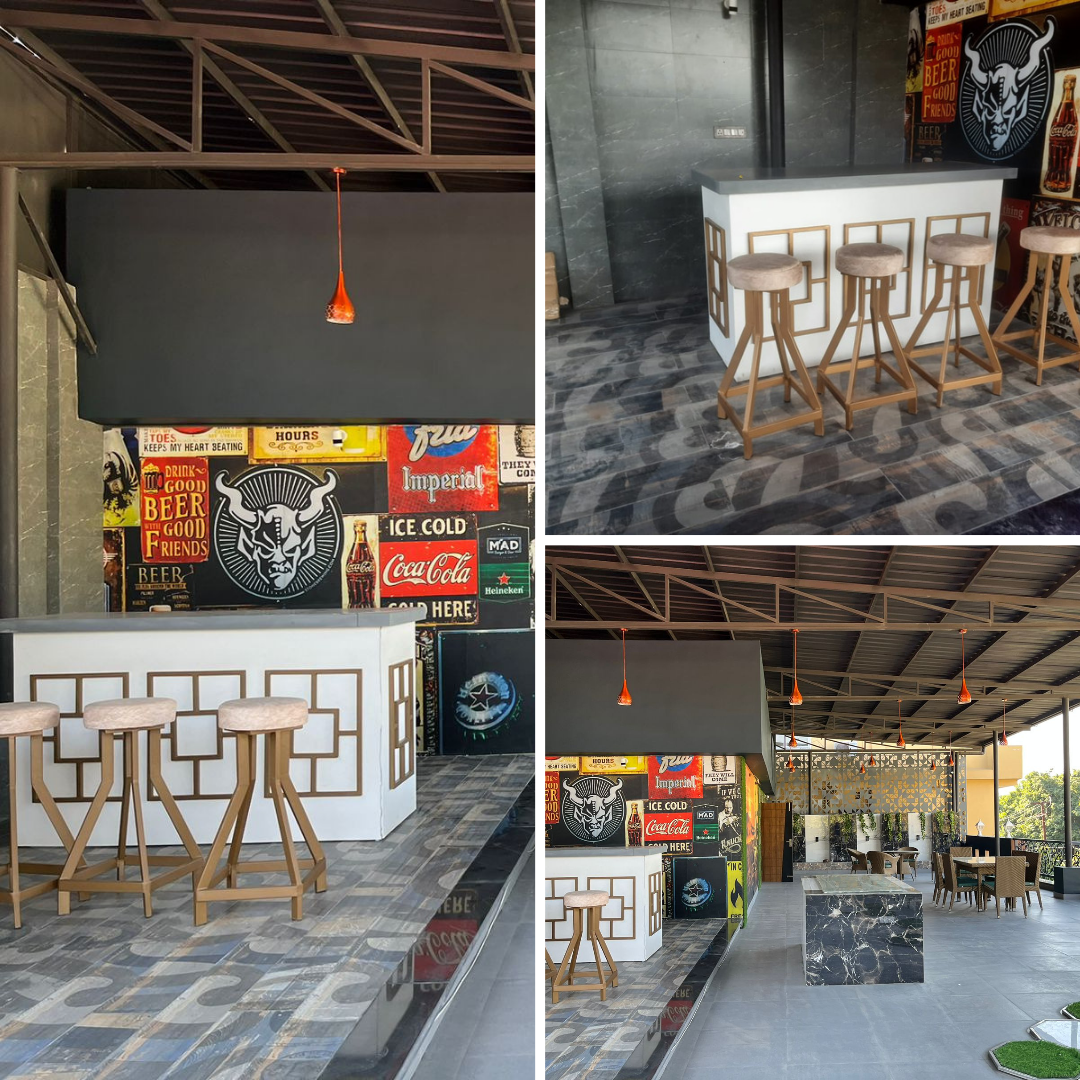Office interior design is more than just choosing furniture and colors. It has a deep connection with how employees feel, work, and perform every day. The environment in which people spend most of their time directly impacts their motivation, energy, and overall productivity. A well-planned office design can inspire employees, reduce stress, and create a professional culture that supports growth.
In this blog, we will explore in detail how office interior design affects productivity. From lighting to layout, furniture to noise control, we will understand the important factors that shape workplace efficiency.
Importance of Office Interior Design
Office interior design refers to the planning, arrangement, and decoration of workspace areas in a way that improves both functionality and appearance. A workplace is not just a physical space; it is an environment where employees spend long hours working, thinking, and collaborating. When the office design is done thoughtfully, it creates an atmosphere where employees feel comfortable and motivated to work.
Many studies show that the design of a workplace can affect employee mood, engagement, and performance. For example, offices with natural light and open layouts often see better collaboration and reduced stress. On the other hand, poor design with uncomfortable seating, bad lighting, or cluttered spaces can lead to low morale and reduced efficiency.
Office Layout and Productivity
The layout of an office defines how people move, communicate, and perform their daily tasks. A good office layout supports teamwork while also giving space for privacy and focus.
-
Open Layouts: Open office spaces encourage communication and collaboration. Employees can easily share ideas, solve problems, and work together. However, too much openness may cause distractions if not managed properly.
-
Private Spaces: Some tasks require deep focus. Having private rooms, cabins, or quiet zones helps employees concentrate without interruptions.
-
Hybrid Layouts: A combination of open areas and private spaces works best for modern offices. It allows flexibility, teamwork, and personal focus time.
The right layout balances collaboration and concentration, which is key to improving productivity.
Lighting and Its Role in Work Efficiency
Lighting is one of the most important aspects of office interior design. Poor lighting can cause eye strain, headaches, and fatigue. On the other hand, proper lighting increases alertness and reduces stress.
-
Natural Light: Offices with large windows that allow sunlight to enter make employees feel energetic and happy. Natural light also improves sleep quality, which further enhances performance.
-
Artificial Lighting: In areas where natural light is limited, using LED lights with the right brightness can help. A combination of task lighting and ambient lighting ensures that employees work comfortably.
Lighting design plays a vital role in architecture and human health. In workplaces, it directly impacts focus and productivity.
Furniture and Ergonomics in Office Design
Furniture is more than decoration in an office. The comfort and functionality of desks, chairs, and workstations affect how long and how well employees can work.
-
Ergonomic Chairs: Chairs with proper support for the back, neck, and arms prevent physical discomfort and long-term health issues.
-
Adjustable Desks: Height-adjustable desks allow employees to switch between sitting and standing, reducing fatigue.
-
Organized Storage: Proper cabinets, shelves, and storage solutions keep the workspace clean and free from clutter.
Ergonomically designed furniture not only improves comfort but also reduces absenteeism caused by health problems.
Colors and Their Psychological Impact
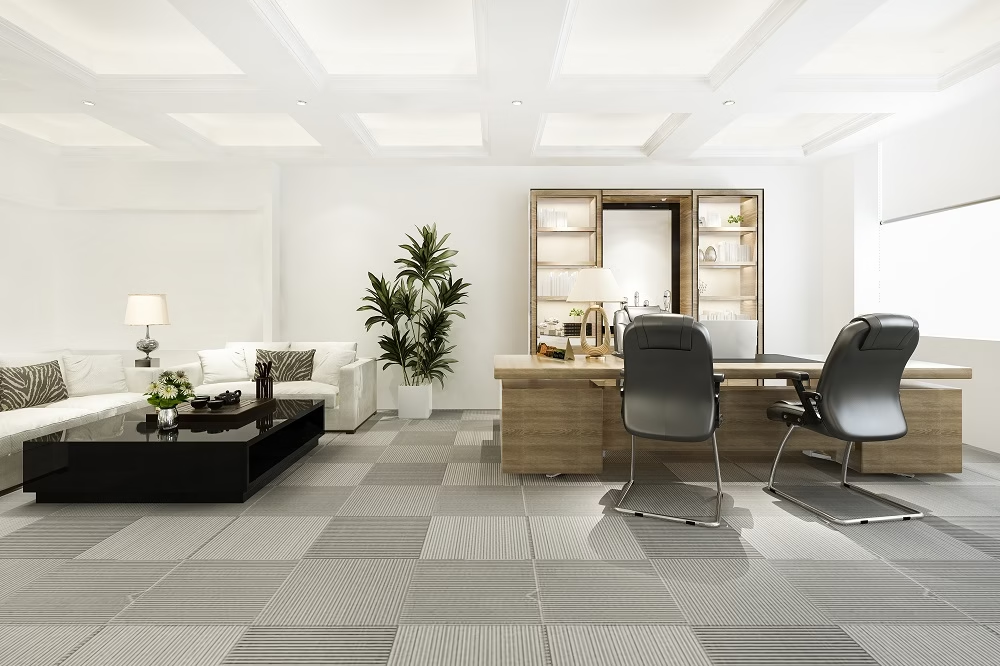
Colors influence human psychology, mood, and behavior. In office interior design, the choice of colors can shape how employees feel and perform.
-
Blue and Green: These colors are known to increase focus and calmness. They are ideal for offices where employees need to concentrate for long hours.
-
Yellow and Orange: Bright colors like yellow encourage creativity and energy. They are often used in areas where brainstorming and innovation take place.
-
Neutral Shades: Colors like white, beige, or grey give a clean and professional look, making the office appear more organized.
A smart mix of colors enhances the overall work environment and keeps employees motivated.
Noise Control in Office Design
Noise is one of the biggest distractions in modern workplaces. Constant sounds from conversations, machines, or outside traffic can disturb focus and reduce productivity.
-
Soundproofing: Using sound-absorbing panels, carpets, and curtains can help control unwanted noise.
-
Quiet Zones: Separate rooms for meetings or private calls prevent disturbance in main working areas.
-
Acoustic Furniture: Special office furniture designed with noise-reducing materials improves sound control.
Creating a quiet and calm environment allows employees to work with better focus.
Breakout Areas and Relaxation Spaces
Employees need regular breaks to recharge their minds. A good office interior design includes breakout zones or relaxation areas where employees can rest and refresh themselves.
-
Cafeteria or Coffee Corners: Spaces for eating and relaxing encourage casual interaction and build stronger workplace relationships.
-
Game or Relaxation Rooms: Simple activities like table tennis, reading corners, or yoga spaces help reduce stress.
-
Green Areas: Adding indoor plants or small gardens improves air quality and creates a refreshing atmosphere.
These spaces help employees return to work with renewed energy and better concentration.
Technology Integration in Office Design
Modern workplaces need to be equipped with the latest technology to support productivity. Proper integration of technology into office design ensures smooth operations.
-
Smart Meeting Rooms: Equipped with video conferencing tools, screens, and sound systems.
-
Charging Stations: Easily accessible charging points save time and increase efficiency.
-
Wireless Networks: Strong internet connectivity is essential for any modern office.
When office interiors are designed keeping technology in mind, daily tasks become more efficient.
Benefits of a Well-Designed Office
A well-designed office has multiple benefits for both employees and the organization.
| Benefit | How It Helps Productivity |
|---|---|
| Comfort | Reduces stress and fatigue |
| Collaboration | Encourages teamwork and communication |
| Focus | Creates quiet spaces for deep work |
| Health | Prevents back pain, eye strain, and fatigue |
| Motivation | Inspires creativity and energy |
Real-Life Examples of Office Design Impact
Many global companies are known for their creative office interiors. For example, Google offices worldwide are designed with open spaces, colorful designs, and relaxation areas. This helps their employees stay creative and motivated. Similarly, companies like Microsoft and Apple use a balance of private and open spaces to support both innovation and focused work.
These examples show that investing in office design is not just about looks, but also about performance and long-term success.
Also Read:
- What Is a Mood Board in Interior Design?
- What Is Modern Classic Interior Design?
- What is Green Interior Design?
- What Are the Different Materials Used for Interior Design?
- Is Interior Architecture the Same as Interior Design?
Conclusion:
Office interior design is not only about creating a beautiful workplace. It is about building an environment that supports employees’ physical comfort, mental well-being, and professional growth. From lighting and furniture to layout and colors, every design element has an impact on how employees feel and perform.
A workplace designed with care increases productivity, reduces stress, and improves overall job satisfaction. Companies that understand the importance of office design often experience higher employee retention, better creativity, and stronger business results.

